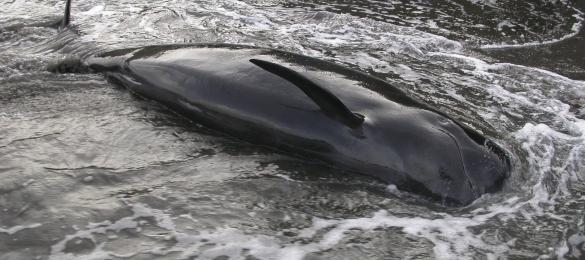Noise pollution
and its impacts on cetaceans
Each cetacean has different hearing characteristics and can be sensitive to low, medium or high frequencies. At sea, humans produce more and more noise at these different frequencies, which can lead to behavioural changes, and in the worst cases, irreversibly alter their hearing.
These sounds can impair hearing when searching for food or cause communication to stop. They can affect animals physiologically by causing internal bleeding or tissue damage in the auditory system.
Anthropogenic noise has many origins such as seismic research or military sonar.
Underwater and oil and gas exploration generate significant noise pollution due to the techniques used, such as explosions or sonar, and the equipment used, such as dredgers or drills.
Maritime traffic (leisure vessels or commercial ships) also generates considerable noise pollution. Human economy is based on exchanges between countries and therefore on maritime traffic. The oceans are thus constantly crossed by numerous ships creating a particularly noisy underwater environment for the mammals that inhabit there.
Could noise pollution be a cause for strandings?
The link between strandings and anthropogenic noise is difficult to identify because it requires a specific necropsy on animals that have died very recently. For financial and practical reasons, the conditions are rarely met to perform the necropsy. However, this link has been clearly proven for deep divers, in particular for beaked whales. For other species, many mass strandings have been found to coincide with loud anthropogenic noise such as ship activity, seismic blasting or the use of sonar during specific exercises.

What to do in the event of a stranding?
Banner photo credit: Marine Traffic map/ Cartography data © Google, INEGI

